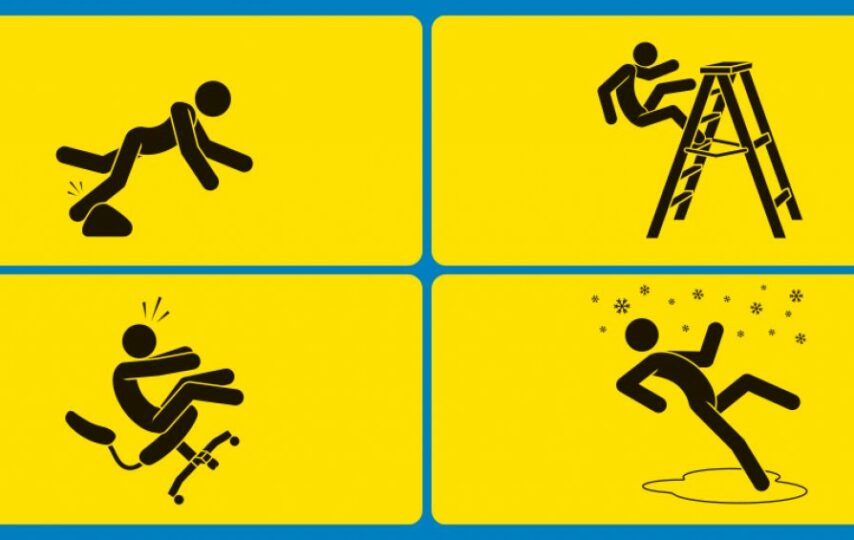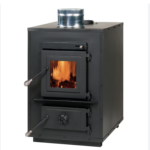Working in a warehouse is rewarding but risky. A U.S. Bureau of Labor Statistics report shows there were 2.7 million warehouse injuries and illnesses in 2020.
Warehouse employees should exert effort to ensure their safety at work. Keep in mind that warehouses often contain different kinds of hazards, such as moving vehicles, lifting and handling, working at height, falling objects, and fire safety, to name a few.
To help you in your efforts, we’ve compiled seven easy-to-follow safety tips. Incorporate these tips into your daily routine to ensure your safety and productivity when working in a warehouse.
- Maintain Proper Ergonomics
The benefits of ergonomics in the workplace aren’t just increased savings and productivity; following ergonomic guidelines also increases employee morale and reduces absenteeism.
Always maintain proper ergonomics at work by:
- Ensuring wheels on carts are in proper working order
- Finding workarounds to replace tasks that involve twisting the back
- Not overloading carts
- Storing materials at the correct height to promote safe lifting techniques
- Using lift tables and carts when lifting heavy objects
- Using self-leveling and rotating work surfaces for palletizing tasks
- Using proper lifting techniques
- Utilizing variable-height work surfaces
Using the right equipment also improves your work safety and increases productivity. Forklifts are essential equipment in various industries, and like any machinery, they require regular maintenance and occasional replacement of parts to ensure optimal performance. With the convenience of the internet, finding and ordering forklift parts online has become an efficient way to keep your forklift running smoothly. You can easily buy forklift parts online. Some examples of this equipment are adjustable workbenches, anti-fatigue mats, gravity flow storage racks, and hydraulic worktables. If you’re working with hazardous materials or substances, consider looking at hazmat suits to protect yourself.
- Remain Vigilant of Your Surroundings
Safety starts with awareness. When you’re constantly aware and alert of potential hazards in the workplace, it’ll be easier for you to avoid accidents and injuries.
For instance, safety signage should be visible and free of obstruction when working in high-traffic areas, like the loading docks. These offer warnings to warehouse employees and encourage them to stay alert. These signages are highly beneficial both for new and tenured employees.
However, being alert doesn’t only mean reading safety signs in the workplace. When you’re aware of the potential hazards around, you can report that incident and prevent it from causing injuries and accidents to you and other employees at work.
- Use Effective Lighting
Lighting in warehouses not only makes the area more aesthetically appealing, but it also plays a vital role in keeping you safe, reducing workplace errors, and ensuring a better standard of work.
Proper lighting is a must in the workplace. But every warehouse is different, so make sure to use fixtures ideal to the nature of the business. For instance, if products are stacked high, you’ll need more fixtures for proper illumination levels. You should also consider the color temperature of the lights, how they should be spaced out, and how bright they should be.
A commercial electrician can help choose the proper lighting for the warehouse and maintain them in the long run. Make it a habit to call for one when electrical issues arise to prevent them from worsening and causing injuries to employees.
- Undergo Safety Training
Instead of looking at safety training as a waste of resources, consider it as an opportunity to increase your safety and productivity at work.
Undergoing safety training is a must before working in a warehouse. It’s important to note that construction safety programs can also be beneficial for warehouse safety. This type of training teaches you how to follow safety procedures, identify different types of risks, and avoid hazards present in the workplace. Understanding the value of safety training will encourage you to take workplace safety more seriously.
Besides receiving training before you assume any position in a warehouse, prioritize getting refresher courses within a year. The best warehouse safety practices change regularly, and you must update your safety knowledge to remain safe.
- Keep Pathways Clear of Debris
Maintaining workplace safety doesn’t always involve complex strategies. You’ll be surprised how simple good housekeeping practices can make a significant difference.
Practicing good housekeeping helps prevent different types of hazards in warehouses. For instance, clearing pathways is an excellent way of avoiding slip and trip hazards in the workplace. Slips, falls, and trips are common injuries in all industries, including warehouses.
Additionally, keeping pathways and aisles clear is an essential element of fire safety. Warehouses are susceptible to fires spreading quickly due to their layout and the number of items stored (storing more dry items can cause fire to spread quickly). Clear pathways and aisles will allow everyone to exit the warehouse when an emergency occurs while giving more space for respondents to enter the building.
- Observe Forklift Safety Rules
According to the Occupational Safety and Health Administration, forklift safety standards are commonly violated in warehouses. This led to 95,000 employees getting injured and about 100 employees killed.
If you’re going to operate a forklift, ensure that you already have the necessary training. This is the most effective way to prevent injuries and accidents around forklifts.
You should also conduct regular forklift inspections based on OSHA requirements. This task should include checking ignition time, inspecting spark plugs, examining the drive belt, changing the oil and air filter, and lubricating the chassis and mast. This will improve workplace safety and prevent fees and penalties associated with OSHA standard violations.
- Gear up With Safety Equipment
Warehouse employees need to wear safety equipment at work. Even if you’ve been performing the same routine or work for years, you’re not immune to accidents.
The safety equipment you’ll wear depends on your work environment and the tasks you have to complete. But in general, warehouse employees have to wear one or a combination of the following safety equipment:
- Eye and face protection (face shields, safety glasses, safety goggles)
- Foot protection (safety shoes with heavy-duty soles and materials, toe guards, and legging guards)
- Hand protection (rubber gloves, welding gloves, insulated gloves)
- Head protection (hard hats, industrial safety helmets, industrial scalp protectors)
Prioritize Your Safety
You’ll only enjoy working in a warehouse if you know how to keep yourself safe. Earning more after securing a higher position will be useless if you end up injured at work.
Make it a habit to follow all of the safety tips mentioned in this article. Once these become innate to you, performing at your best while staying safe at work will become a breeze!








